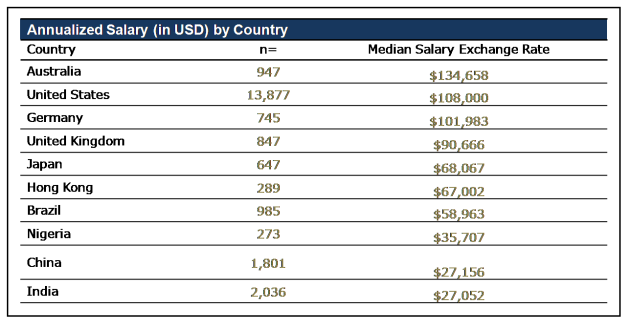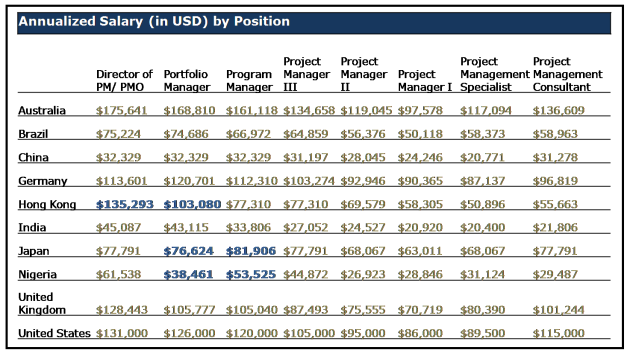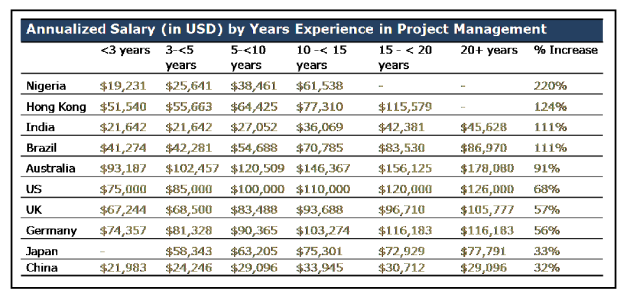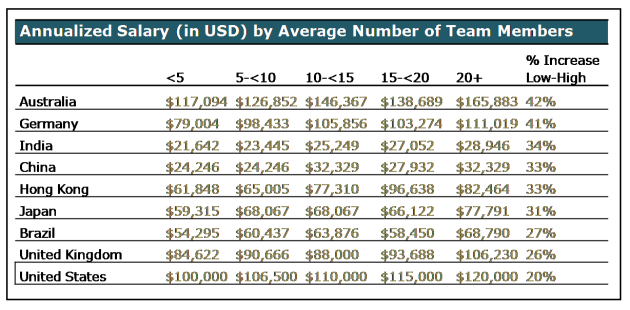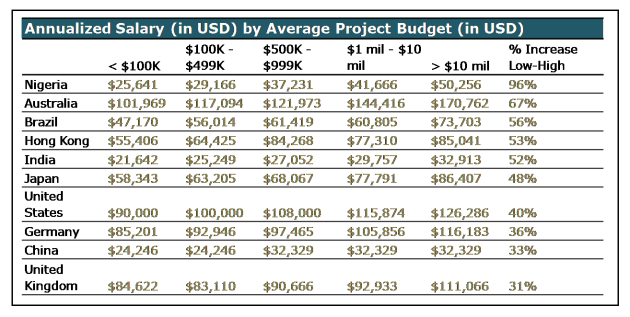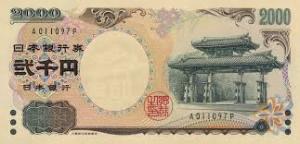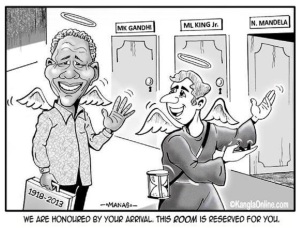Two major events scheduled on the 18th of December, were seen as deciding factors for the stock market movement in India by the end of 2013.
First was the announcement of monetary policy by the Reserve Bank of India (RBI) governor. Raghuram Rajan beat the market expectations of a hike in interest rates and surprised the markets pleasantly with no changes to the current monetary policy. RBI kept the repo rate unchanged at 7.75 % , the reverse repo at 6.75%, the cash reserve ratio at 4% and the marginal standing facility and the bank rate at 8.75%. Markets reacted favorably to the announcement.

Later on the same day, US Federal Reserve Chairman Ben Bernanke initiated pullback from Quantitative Easing (QE) before the end of his term in 2014 with Janet Yellen taking over as the Chairperson of Federal Reserve. The size of the taper, $10 bn was in line with what the market had expected back in September, 2013. The announcement saw the US markets shooting up. DJIA closed up by more than 1.84%, Nasdaq by 1.15%, S&P 500 by 1.68 % respectively. The day after, Asian markets reacted to the taper with Japan's Nikkei rallying while Hong Kong, Shanghai and Indian markets swinging between gains and losses. The European stocks rallied to US Fed taper.
In the Federal Open Market Committee (FOMC) quarterly meet held on 19
th June, 2013, Fed Chairman Ben Bernanke had first given an indication about the potential reduction in Fed’s bond buying program, subject to improvement in the US economy. Some of the indicators of economic recovery considered were unemployment target (at 7 percent), targeted inflation rate (at 2 percent) and economic growth (between 2.3 - 2.6 percent) for 2013. The announcement had sent jitters in the world markets and laid bare the tremendous impact that decisions about the US monetary policy, have on markets all over the world.
The Federal Reserve had adopted an expansive monetary policy, since 2009, with the objective to spur economic growth in the US. After the financial crisis of 2008, Fed had rolled out new emergency lending programs to bail out the banks and had lowered the federal funds interest rate from 2 % to a range between 0 and 0.25 %. When the interest rates could not be further lowered, Fed started the first round of QE in March 2009 to help revitalize mortgage lending and support the housing market by increasing the availability of credit in private markets.
The second round of QE by Fed, began in November 2010, to strengthen the economic recovery and protect the economy from falling into deflation. In September 2011, Fed stepped up its purchases of Mortgage Backed Securities (MBS) and on September 13, 2012, the Fed announced QE3, thus adding a total $85 billion of liquidity a month.
The rise in liquidity in the US market due to Quantitative Easing saw money flowing into Emerging markets as US investors invested in these stock markets in search for higher returns. Inflows from Foreign institutional investors (FIIs) in Indian markets stood at $24.54 billion in 2012. In 2013, FIIs have infused around $18.7 billion into Indian equities so far in 2013.
Uneasiness crept into the world markets in June 2013, after Ben Bernanke hinted of starting a gradual withdrawal of QE by the end of the year if the economic data supported the story of improvement in the US economy. The investors, having gotten used to the excess liquidity, became very concerned about the end of Federal Reserve's accomodative policy stance and thus stock markets started exhibiting higher volatility in anticipation of start of taper.
Throughout the year Ben Bernanke was seen managing the expectations of the markets and investors, and giving assurances to start reducing its bond-buying program in a manner that would cause minimal disruption to the markets. In their previous policy meet in September, 2013 FOMC surprised the markets by delaying the taper when the market was almost prepared for it. As a result most markets were exuberant and picked up the upward momentum again. FIIs resumed buying into the Indian markets in September.
In its last policy meet for 2013 on 18
th December, FOMC surprised yet again, albeit partially, as they chose to go ahead with the taper when only a minority was expecting it. Fed stated that the decision to reduce its monthly bond purchases by $10 billion was taken in light of:
- Improvement in the US job market.
- Easing of Fiscal restraint.
- Expected increase in inflation up to 2%.
As a counterweight to try to avoid a very bearish market reaction, the FOMC maintained a dovish forward guidance and said that they to expect to keep the funds rate at zero until well past the unemployment hits 6.5 percent.The first rate hike is not likely to happen until 2015, according to the projections released by the FOMC.
Under the leadership of Yellen, if Fed continues to pull back on it stimulus, the markets may begin to perform more in line with economic fundamentals and the returns could diminish. The impact might be felt worldwide as the US investors investing in other countries may take money out of those markets to invest in the US. Besides, the fact that the US dollar plays a crucial role in international markets, makes the markets extremely sensitive to any policy that impacts the dollar. The effect of outflow could be pronounced in the emerging nations which depend on dollar inflows to finance their current account deficits. The currencies of the Emerging Markets, may face risk of further depreciation if large outflows take place from these countries.
With the currency stabilizing and the improvement in the current account deficit (CAD) , we hope that impact on the Indian market remains muted in the year 2014.
